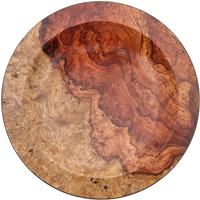I’m re-reading Moby Dick, which has a lot of great pipe content. I’ve been trying to figure out what kind of pipes sailors were smoking in mid 1800’s so I could acquire one. The only description I have of a pipe is that it is black and constantly part of Stubb’s face. From googling, clay pipes were the most common in that time period. I am guessing sailors wanted to clench so used a stem or mouthpiece of some sort. Does anyone have any ideas, here? I was thinking of getting something like this:
 www.smokingpipes.com
www.smokingpipes.com
Captain (Black) - Old German Clay Pipes | Smokingpipes.com
Buy this Old German Clay Captain (Black) tobacco pipe from Smokingpipes, hand-crafted from quality German clay by Markus Fohr.











